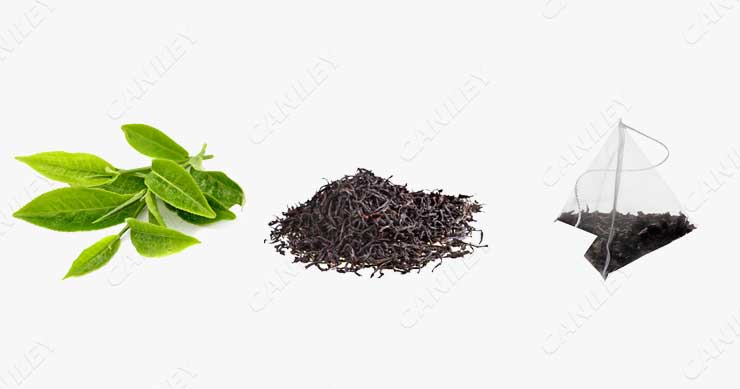Tea is one of the most popular beverages in the world, enjoyed by millions of people every day. It is made by brewing the leaves of the Camellia sinensis plant, which are then dried and processed in various ways to create different types of tea. The process of tea processing and packaging is an important aspect of the tea industry, as it can affect the taste, quality, and shelf life of the final product.

Tea Processing:
The process of tea processing can vary depending on the type of tea being produced. However, the basic steps involved in tea processing are as follows:
- Withering: The freshly plucked tea leaves are spread out and left to wilt for a few hours, which helps to reduce their moisture content.
- Rolling: The withered leaves are then rolled to break their cell walls and release their juices.
- Oxidation: The rolled leaves are left to oxidize in a controlled environment, which can last from a few minutes to several hours, depending on the type of tea being produced. This process is what gives black tea its characteristic flavor and aroma.
- Drying: The oxidized leaves are then dried to halt the oxidation process and reduce their moisture content.
- Sorting and Grading: The dried leaves are sorted and graded based on their size, shape, and quality.
Tea Packaging
Once the tea leaves have been processed, they are ready to be packaged. There are several packaging options available, and pyramid tea bags is a popular one.
Pyramid tea bags are a relatively new innovation in the tea packaging industry. These bags are designed to give the tea leaves more room to expand and infuse, resulting in a better-tasting cup of tea.
Pyramid tea bags are usually made of a fine mesh material, such as silk or nylon. The mesh is shaped into a pyramid, allowing the tea leaves to expand and infuse properly. The bags are usually packaged in airtight containers to maintain their freshness.
If you are interested in the pyramid tea bag packing machine, contact us:
Email: info@cankeytech.com
